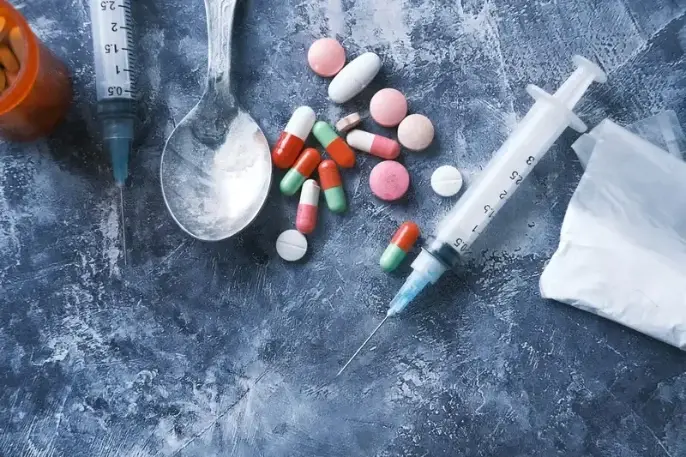
It is a temporary condition that comes with both physical and behavioral changes. It results from the consumption of an excessive amount of alcohol within a relatively brief time. When one consumes alcohol at a faster rate than their body can metabolize it, they become intoxicated.
Alcohol Toxicity Clinical Presentation

Rather, the patient may simply appear intoxicated, as with ethanol intoxication. In some people, the initial reaction may feel like an increase in energy. But as you continue to drink, you become drowsy and have less control over your actions. In short, alcohol use during adolescence can interfere with structural and functional brain development and increase the risk for AUD not only during adolescence but also into adulthood.
Signs of Intoxication

In 2021, researchers estimated nearly 30 million people ages 12 years and older in the United States had alcohol use disorder (AUD). For some, it can be something as benign as sending a message to an ex. For others, however, it can be something as dangerous as a decision to drive home. This decision, coupled with a decrease in motor function, coordination, and reaction time, leads to many car crashes. Around 30 people per day die from drunk-driving accidents in the United States. We can avoid alcohol poisoning by drinking in moderation and drinking a fair amount of water between drinks.
- Age, sensitivity to alcohol (tolerance), gender, speed of drinking, medications you are taking, and amount of food eaten can all be factors.
- A person can be arrested if they are found driving with a BAC above this limit.
- In addition to respiratory failure and accidents caused by its effects on the central nervous system, alcohol causes significant metabolic derangements.
- More than 84% of adults report drinking alcohol at some point.
- The NIAAA Alcohol Treatment Navigator can help you connect patients with the full range of evidence–based, professional alcohol treatment providers.
Support Groups
If a person has consumed one or less drinks per hour, they’re considered to be sober, or low-level intoxicated. The stages of intoxication differ from person to person because they’re based on age, sex, weight, and other factors. Showing signs of alcohol intoxication and taking other substances, such as drugs or medication, in addition to the alcohol.
What are the Symptoms of Alcohol Intoxication?
Because these may have varying reliability and may produce different results than the tests used for law-enforcement purposes, the results from such devices should be conservatively interpreted. Unlike food, which can take hours to digest, the body absorbs alcohol quickly — long before most other nutrients. And it takes a lot more time for the body to get rid of alcohol. During the recovery period, a person may experience a depressed mood and appetite, discomfort, and memory problems. Even after a person is released from hospital care, it can take up to a month for them to feel normal again.
International Patients
If you are concerned about someone with these symptoms, you should seek immediate medical attention. Because the amount of alcohol needed to reach various states of intoxication can vary depending on the individual, what might be a fatal dose for one person may not be for another. Here, we briefly share the basics about AUD, from risk to diagnosis to recovery. This article introduces a number of AUD topics that link to other Core articles for more detail. Eduardo Gonzalez, 19, was charged with driving while intoxicated and five counts of intoxication manslaughter with a vehicle, according to multiple reports.
What do healthcare professionals who work with adolescents need to know about alcohol?
When BAC reaches high levels, blackouts (gaps in memory), loss of consciousness (passing out), and death can occur. More than 84% of adults report drinking alcohol at some point. While having a drink from time to time is unlikely to cause health problems, moderate or heavy drinking can impact the brain. This is when a male rapidly consumes five or more alcoholic drinks within two hours or a female consumes at least four drinks within two hours.
Your trusted resource for health and wellness information and the latest medical advances to help you and your family live better. Additional medication may be indicated for treatment of nausea, tremor, and anxiety. Ethanol also increases levels of adenosine, an inhibitory neurotransmitter that promotes sleep.

Hypoglycaemia occurs due to ethanol’s inhibition of gluconeogenesis, especially in children, and may cause lactic acidosis, ketoacidosis, and acute kidney injury. If you think that someone has alcohol stages of alcohol poisoning poisoning, seek medical care right away. It’s not necessary to have all the above symptoms before seeking medical help. A person with alcohol poisoning who has passed out or can’t wake up could die.

It also includes binge drinking — a pattern of drinking where a male has five or more drinks within two hours or a female has at least four drinks within two hours. During acute and protracted withdrawal, a profound negative emotional state evolves, termed hyperkatifeia (hyper-kuh-TEE-fee-uh). These brain changes related to excessive alcohol use underlie many AUD symptoms. The brain mediates our motivation to repeat behaviors that lead to pleasurable, rewarding states or reduce uncomfortable, distressing physical or emotional states. In this context, drinking alcohol can be motivated by its ability to provide both relief from aversive states and reward. These dual, powerful reinforcing effects help explain why some people drink and why some people use alcohol to excess.
